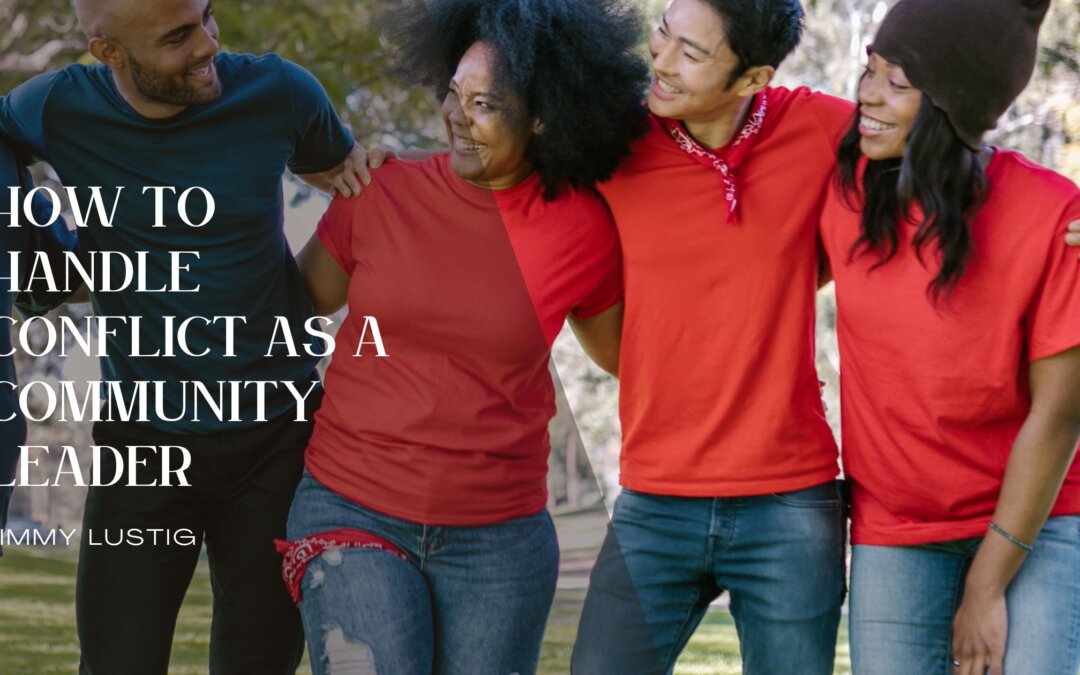Conflict, while inevitable, can threaten the very fabric of a community if not managed well. As a community leader, your role is to prevent conflict and handle it in a way that reinforces unity and mutual respect among members. This delicate balancing act requires tact, understanding, and a strategic approach.
Community leaders often find themselves at the intersection of varied interests, values, and opinions. These differences can lead to conflicts ranging from minor disagreements to significant disputes. The history of human interaction suggests that unchecked conflict can have dire consequences, leading to mistrust, reduced cooperation, and even violence. But, viewed differently, conflict can be an opportunity for growth, understanding, and deepening relationships.
Active Listening: The Cornerstone of Conflict Resolution
Active listening goes beyond merely hearing words. It’s about understanding and interpreting the speaker’s underlying emotions, concerns, and desires. For a community leader, active listening can serve multiple purposes.
- Building Trust When members feel genuinely listened to, they’re more likely to trust the leader. This trust is essential for any resolution process.
- Understanding Nuances Conflicts are rarely black and white. By actively listening, a leader can pick up on the subtleties and complexities of an issue.
- Facilitating Dialogue Active listening can set the tone for a constructive conversation, prompting others to adopt a similar approach.
How to practice it? Engage without interrupting, show empathy, ask clarifying questions, and paraphrase to ensure understanding.
Mediation: A Neutral Ground
Mediation involves facilitating a conversation between conflicting parties to help them find a common ground. You might sometimes take on the mediator’s role as a community leader, but involving an unbiased third party is beneficial when emotions run high.
- Clarifying Perspectives A mediator can help each party articulate their concerns, minimizing misunderstandings.
- Finding Mutual Ground Through structured dialogue, mediation often reveals that conflicting parties have more in common than they initially thought.
- Ensuring Voluntary Resolution Mediation doesn’t impose a solution but encourages parties to agree.
- Practical Tip: If acting as a mediator, always maintain neutrality. If this isn’t possible due to prior involvements or solid personal opinions, consider bringing in an external mediator.
Skillful Communication: Say What You Mean, Mean What You Say
Effective communication reduces ambiguities and misinterpretations – often the root causes of conflict.
- Clarity Over Ambiguity A community leader must be transparent in their messaging, leaving no room for doubt. This is especially crucial when communicating decisions that might be unpopular.
- Openness and Transparency Hiding or withholding information can breed mistrust. Leaders should be as open as possible about their decisions, actions, and intentions.
- Feedback Mechanism Establishing a robust mechanism ensures that community members feel their voice is valued.
- Implementation Strategy Regular community meetings, open forums, and suggestion boxes can all serve as effective communication and feedback channels.
Building a Culture of Respect and Tolerance
Preventing conflicts is as crucial as resolving them. By fostering a culture of mutual respect, many conflicts can be nipped in the bud. Workshops, group activities, and community projects can serve as platforms for promoting mutual respect and understanding.
- Establishing Community Norms Articulated guidelines about acceptable behavior can provide a reference point, ensuring everyone knows what’s expected.
- Promoting Interactions The more community members interact with each other, the more they understand and respect diverse viewpoints.
- Recognizing and Addressing Bias Every individual, including leaders, has biases. Identifying and addressing them can prevent many conflicts.
Conflict resolution is not a one-size-fits-all endeavor, especially in a community setting. It requires patience, understanding, and a genuine commitment to the community’s well-being. By adopting the strategies mentioned above, community leaders can not only resolve conflicts but also strengthen the bonds of their community, ensuring it remains a harmonious and inclusive space for all members.

